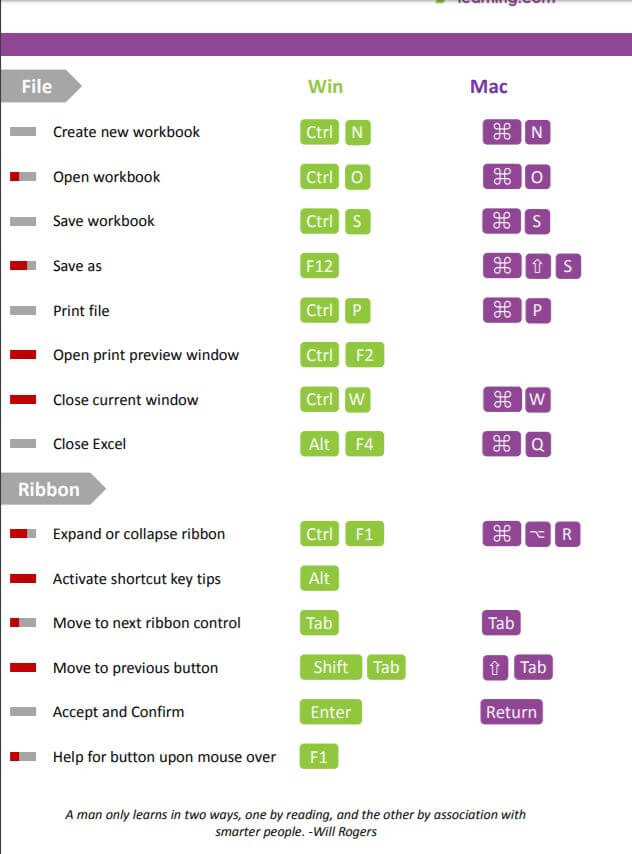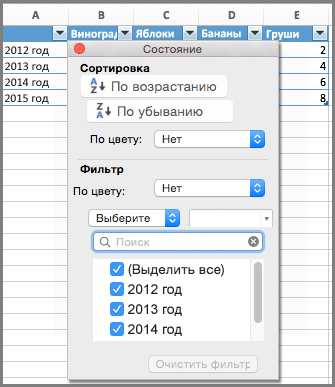
 Export the report to Microsoft Excel or similar program. The report will include the Total column for Class 1 and Class 2 and Class 3. Select only the Subclasses you want in the report. (For Mac users, check the Class box, then choose Selected classes from the class drop-down) From the Filter list, select Class, then Multiple Classes. Select the Customize Report, then go to the Filters tab. If you have the same subclass under several classes, you may want to see a P&L report showing only the same subclass (Example: Subclasses 1C, 2C, and 3C). Note that as you recall a transaction, enter the appropriate classes and save it, the transaction is removed from the Transaction Detail report.
Export the report to Microsoft Excel or similar program. The report will include the Total column for Class 1 and Class 2 and Class 3. Select only the Subclasses you want in the report. (For Mac users, check the Class box, then choose Selected classes from the class drop-down) From the Filter list, select Class, then Multiple Classes. Select the Customize Report, then go to the Filters tab. If you have the same subclass under several classes, you may want to see a P&L report showing only the same subclass (Example: Subclasses 1C, 2C, and 3C). Note that as you recall a transaction, enter the appropriate classes and save it, the transaction is removed from the Transaction Detail report. 
Memorize the report if you cannot classify all of the transactions at one sitting.QuickZoom (double-click) on the Net Income amount in the Unclassified column to open a Transaction Detail by Account report.Option 2: Run a report showing only all the unclassified transactions. Option 1: Select each amount to open the transaction then classify it. If your P&L report shows a lot of amounts under the Unclassified column and you want to assign the correct class to these unclassified transactions, you can: A report showing only unclassified transactions If you sell through representatives or locations you could set up reps or locations as classes.Ĭlasses are very versatile, but you must be careful to select how you filter, sort and total them, as shown in the following scenarios.You can track types of expenditures (direct labor, indirect labor, overhead, taxes, etc.).
 You can track lead sources by class (as in our sample companies). A company with multiple businesses can set up each business unit (BU) as a class. A property management company can set up each property as a class and each apartment as a subclass. Classes and subclasses are additional means to categorize data in QuickBooks Desktop (in addition to account, customer, vendor, etc.).
You can track lead sources by class (as in our sample companies). A company with multiple businesses can set up each business unit (BU) as a class. A property management company can set up each property as a class and each apartment as a subclass. Classes and subclasses are additional means to categorize data in QuickBooks Desktop (in addition to account, customer, vendor, etc.).







 0 kommentar(er)
0 kommentar(er)
